By Raeesah Hayatudin
There’s so much magic in figure skating; it’s not only a sport, it’s an art, and it can be such a wonderful way of expression. Figure skaters fly across the ice, making flexible spins and astonishing jumps look effortless to their awestruck audience. How do they do it? I always find myself wondering, whenever I take a break to watch my favourite skaters’ programmes. Through long years of much hard work and determination, definitely!
The last time I skated, as a way to celebrate the end of my Cambridge AS Level exams with my friends, I could definitely feel the attraction of the ice, and the sheer power of it; while you’re skating, the only thing you’re thinking about is the ice and your own movements (after you learn to find your balance, and to stop skidding and sliding, of course). You don’t ever want to leave the ice, even after your legs shake and your knees tremble with effort. Imagine how that feeling must be – magnified a thousand-fold and so much more complex – for figure skaters!
Most excitingly for everyone in the world of figure skating, and for everyone who’s a fan, the most famous and historic of figure skating events is coming up next month: the Winter Olympics! The 2018 Winter Olympic Games will be held in Pyeongchang county, South Korea. It will take place from the 9th to 25th February 2018, with the figure skating events proceeding from the 9th to 23rd February. All skating events will take place at Gangneung Ice Arena.
What’s special for us Malaysians about this year’s Olympic Games is that one of our very own, Julian Yee, will be competing in the men’s singles division for figure skating! In fact, he’s a graduate of Sunway University’s ADTP programme, and won gold in the men’s singles figure skating event at the SEA Games in Kuala Lumpur last August. He is also the 5-time senior national champion.

Photo Credits
Together with Jeffrey Webb, who will compete in alpine skiing, Yee will be one of the first Malaysians ever to compete in the Winter Olympic Games. I just can’t wait to see how the Games turn out!
At the Olympics, there will be five events in figure skating: the men’s singles, the ladies singles, pair skating, ice dancing and the team event. Here’s an introduction to each event, along with some of the figure skaters who are the widespread favourites to win gold medals in the Winter Games!
- Men’s Singles Event
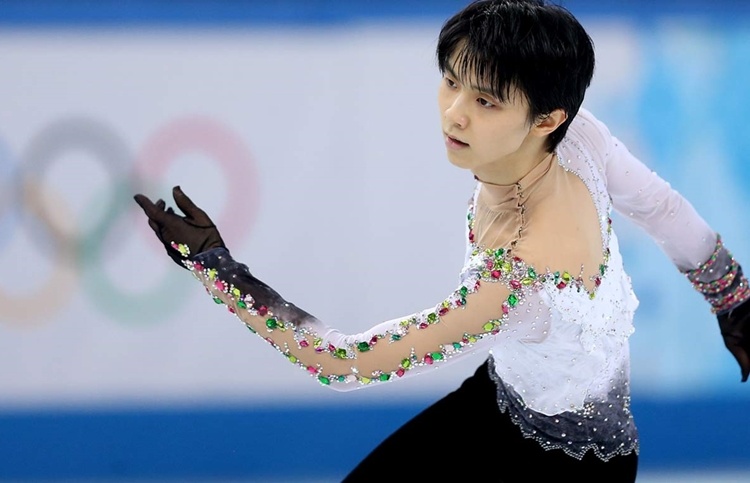
Photo Credits
Japan’s Yuzuru Hanyu is the long-standing favourite for gold going into the men’s singles event next month. As the Olympic champion in the 2014 Winter Olympics held in Sochi, he will attempt to be the first man since Dick Button, 66 years ago, to win gold at the Olympic Games twice in a row.
At 23 years of age, he’s already broken 12 world records and has medalled many times in national and international-level figure skating competitions. He’s gone through challenging experiences which have had great impact on him: among them, a time in 2011 when his home in Sendai was damaged by an earthquake and tsunami, was a very emotional and traumatizing time for him. At that time, Hanyu’s training rink was damaged and his family had to evacuate from their house. He’s become stronger and more resilient as a result of the troubles he’s faced, and has continued to chase after his goals.
In November last year, Hanyu sustained a ligament injury in his right foot when he attempted a difficult jump in practise, and so, he was forced to withdraw from the Grand Prix events of 2017 which he had not participated in yet, as well as from Japan’s national championships, the latter of which is used to select the Olympic team. Despite this, Hanyu was selected for this year’s Olympic team due to his Number One world standing and his past performance in competitions. The injury has affected Hanyu’s training time, and this undoubtedly is a very difficult time for him, but knowing his spirit and strength of will, he’ll definitely put in his very best effort at the 2018 Winter Games next month.
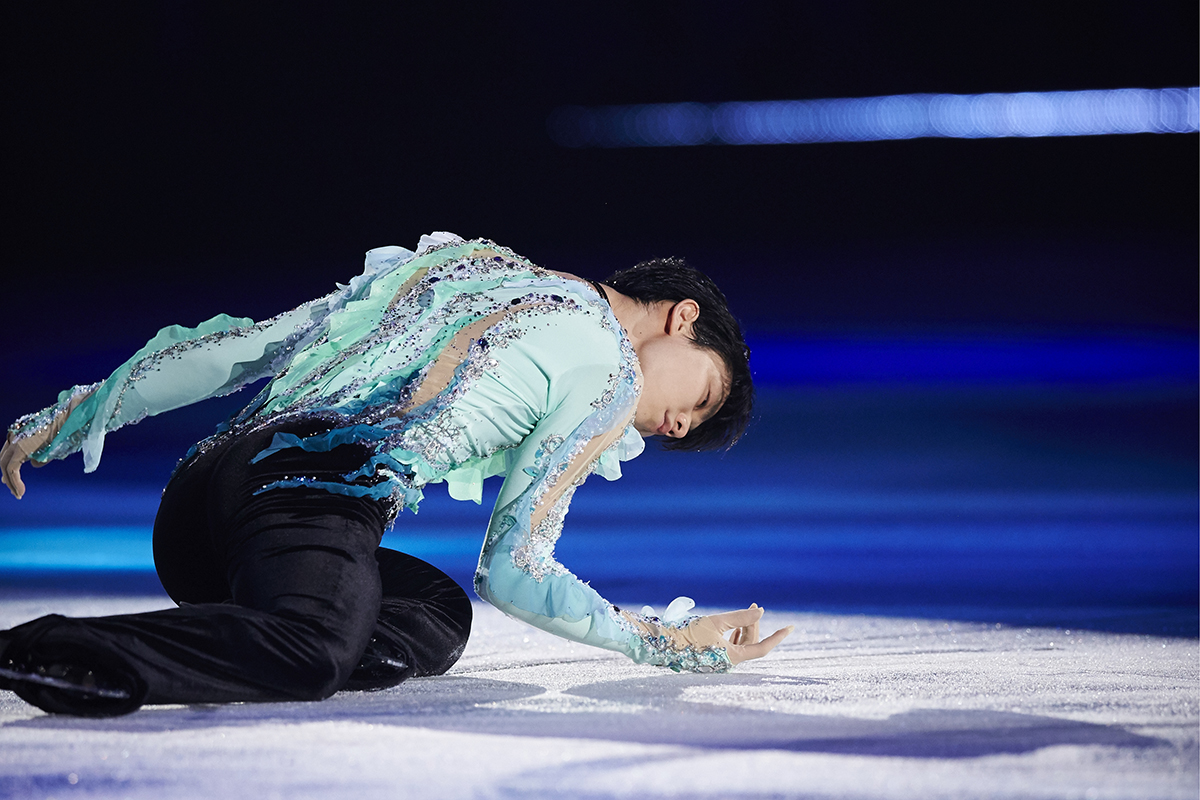
Photo Credits
For every performance, skaters are given “Technical scores” (awarded for jumps and skating manoeuvres) and “Performance scores” (awarded for choreography and the skater’s interpretation of their programme). One of the things which makes Hanyu such an excellent skater is how he is both technically and artistically proficient – every programme of his is a real joy to watch! He showcases his strong and charismatic personality on the ice, and he has such a wide range of emotional expression as well as the ability to perform difficult jumps and spins with high quality.
- Ladies’ Singles Event
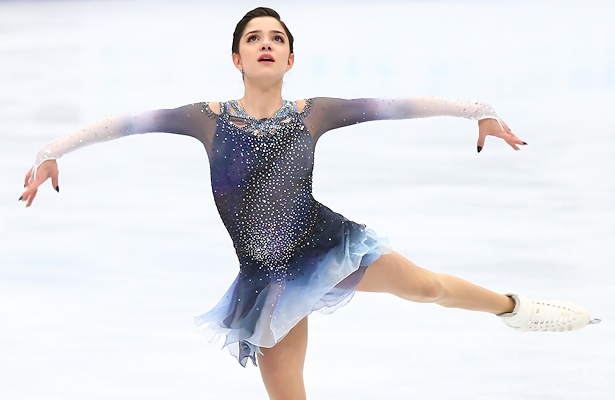
Photo Credits
Evgenia Medvedeva, an eighteen year old from Russia, has won all major competitions on international and national levels for two years in a row. Her success is a testament to her mental strength. All that pressure of performing in front of thousands and thousands of people, and with a nation’s expectations on her shoulders – and yet Medvedeva is still standing strong, with a whopping 11 world records under her belt.
(Something to endear her to us all is her well-known fondness for anime, especially Yuri!!! On Ice and Sailor Moon, and her enjoyment of Korean pop music. She’s actually skated exhibition programmes to Sailor Moon‘s opening theme music, “Moonlight Densetsu”!)
Medvedeva is known for her expressive skating, which helps her tell a story in her programmes. She also frequently performs her jumps with one or both of her arms above her head, which increases the level of difficulty (or GOE, Grade of Execution) of her jumps. Like Hanyu, she’s considered to have the “full package” when it comes to skating skills – her skating is of a very high quality, so she scores well in both the technical and performance aspects of her programmes.
However, also like Hanyu, Medvedeva has been injured this season. In October 2017, she was experiencing pains in her right foot, but was able to skate in her assigned Grand Prix events after taking painkillers. Later, she underwent an MRI and it was discovered that she had a metatarsal crack. Latest reports say that she has recovered well and is in top form. Those reports will certainly be put to the test at the 2018 European Figure Skating Championships, in Russia, where Medvedeva will compete – the ladies’ singles event will start on 18th January.
It’s not entirely certain that Medvedeva or other Russian figure skaters will compete next month, as Russia has been banned from competing in the Winter Olympics due to the Russian doping scandal at the 2014 Winter Olympic Games. If Medvedeva competes, she will compete as an Olympic Athlete of Russia, which essentially means that if she wins gold, she won’t be singing her country’s national anthem while she’s on the podium; she’ll be singing the Olympic anthem.
- The Pair Skating Event
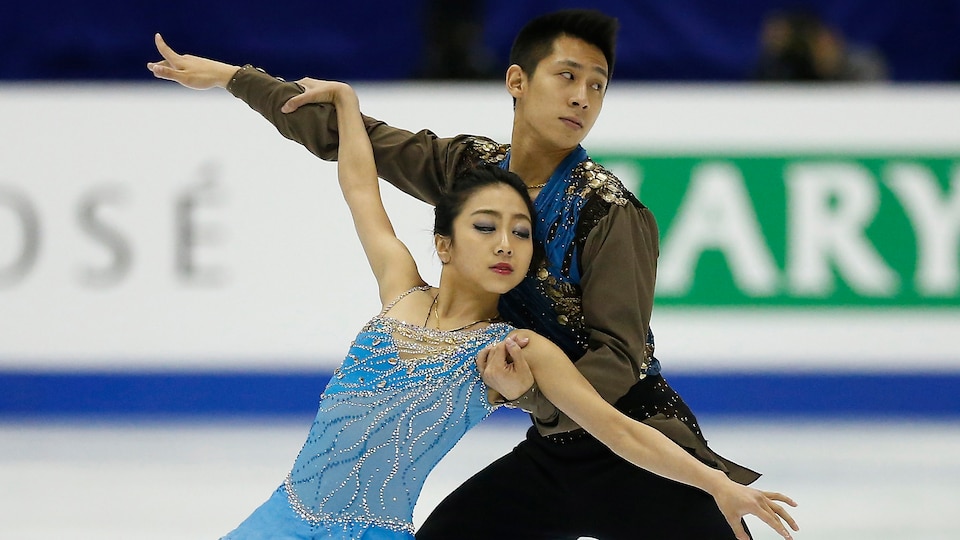
Photo Credits
The unanimous favourites for gold in the pairs event are Wenjing Sui and Cong Han of China. They’ve been dominating many recent competitions and are known for their refined performances as well as their strong skating skills. Things haven’t been easy for this pair in the past – they’ve been through setbacks and several surgeries. But they’ve supported each other and have come back stronger than ever as a team.
- The Ice Dancing Event

Photo Credits
Tessa Virtue and Scott Moir of Canada are, together, the 2010 Olympic champions and the 2014 Olympic silver medallists. They have had many other podium finishes in international skating competitions. Having skated together for 20 years now, they are the longest-lasting ice dance couple in Canadian history and the youngest pair to have ever won an Olympic title.
Now, you’ve seen that there is an event called ice dancing and one called pair skating. What’s the difference between them? For those of you who aren’t avid figure skating fans: in both divisions, a man and a woman compete together as a team against other couples. However, ice dancing is said to be more “artistic” than pair skating; it was originally based on ballroom dancing. In pair skating, for example, the couple is required to perform throw jumps and over-the-head lifts, while in ice dancing, such jumps and lifts are not permitted – instead, more points are awarded to ice dancers for their intricate footwork and when they spin together in unison on one foot (these spins are called “twizzles”).
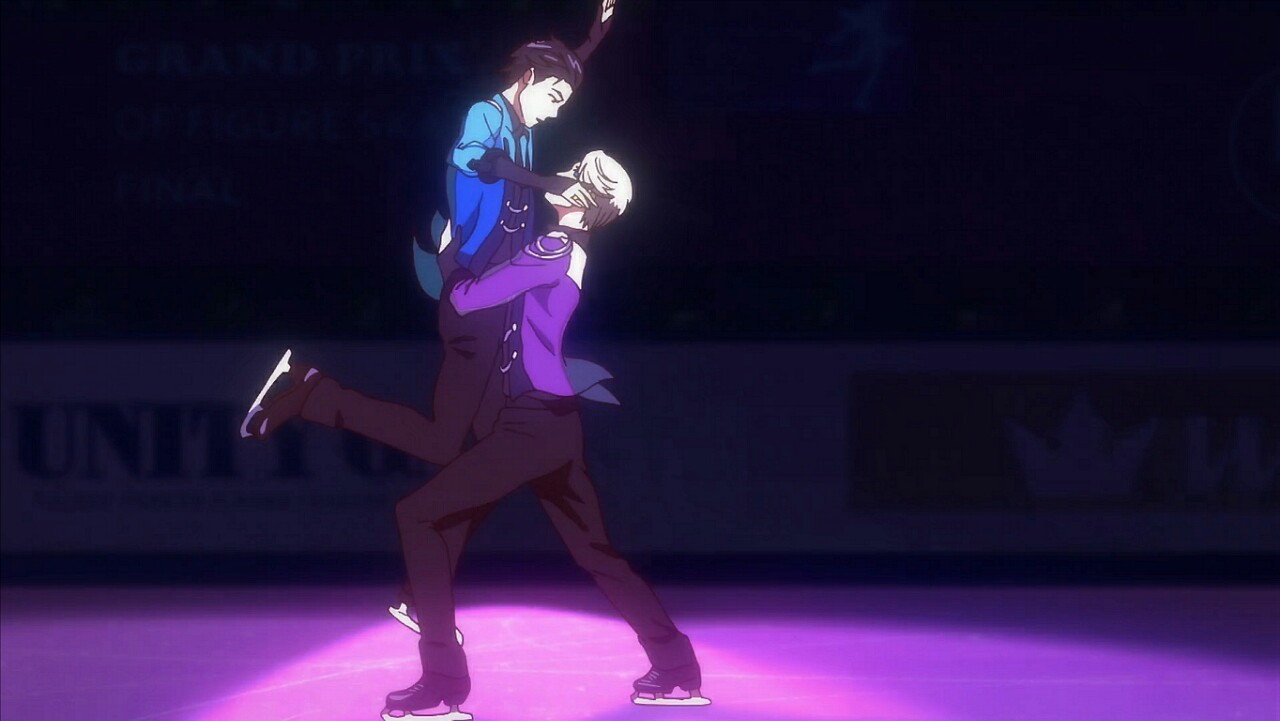
Photo Credits
So, for anyone who’s a fan of Yuri!!! On Ice, the anime, like myself – if you’ve ever thought about it before, yes, Yuuri and Viktor’s skate together in Yuuri’s exhibition skate mirrors an ice dance routine!
- The Team Event
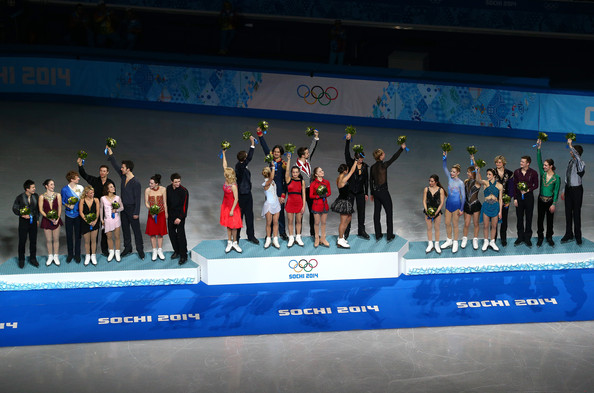
Photo Credits
The team event is a relatively new part of the Winter Olympics – it was held for the very first time at the last Winter Games in Sochi. In the team event (which will be held before the other figure skating events), 10 countries, each with one entry in each category (men’s singles, ladies’ singles, pairs and ice dance), compete “against each other” in a bid to earn the most points. Event points are assigned based on the final ranking of skaters in the short programmes and free skates, e.g. a first place finish earns 10 points in both the short and the free. Once the team event is concluded, the team with the most points will earn a gold medal.
Honestly, it’s quite difficult to predict what will happen at the Olympics – there are so many strong contenders for the title of Olympic champion in each event (who weren’t mentioned in this article), and many skaters with beautiful programmes – absolutely anything can happen! But let’s hope that everyone will be in peak physical condition in February, and let’s have faith that our favourite skaters will perform to the best of their ability.
Are you a figure skating fan? (Or has your interest in figure skating been roused by all these pretty pictures?) Share your thoughts on the 2018 Winter Olympics with us in the comments below!



